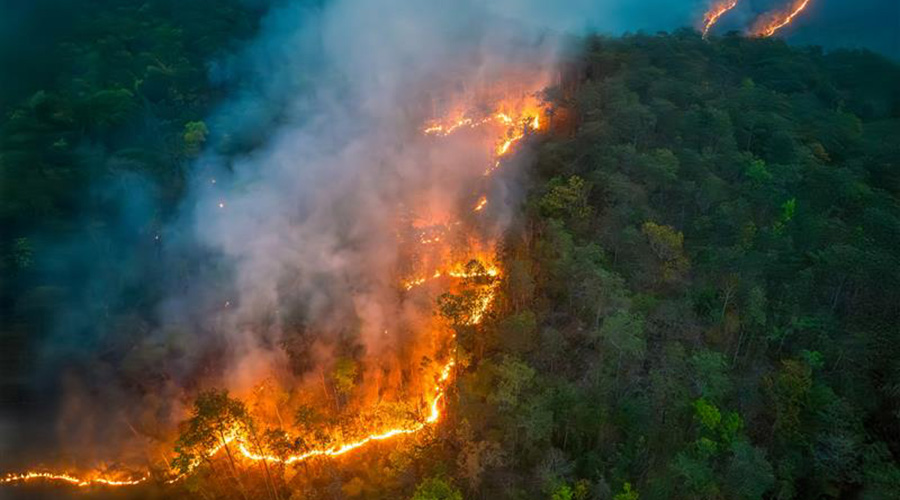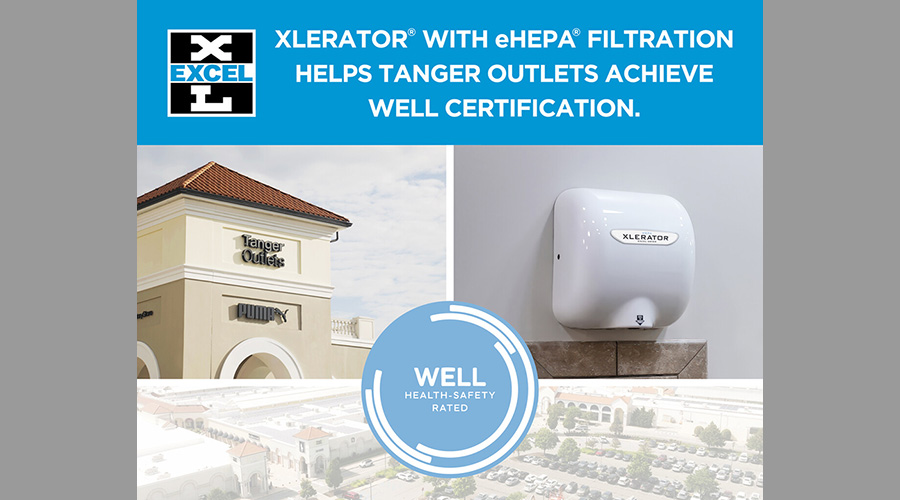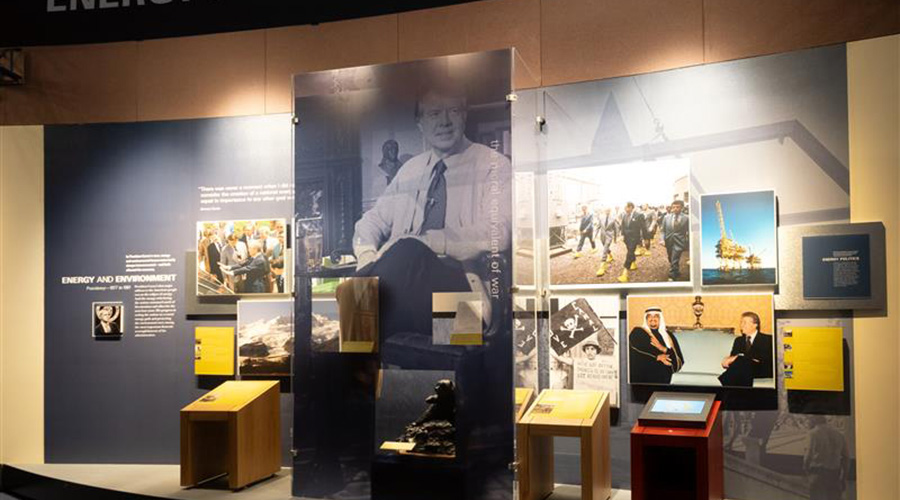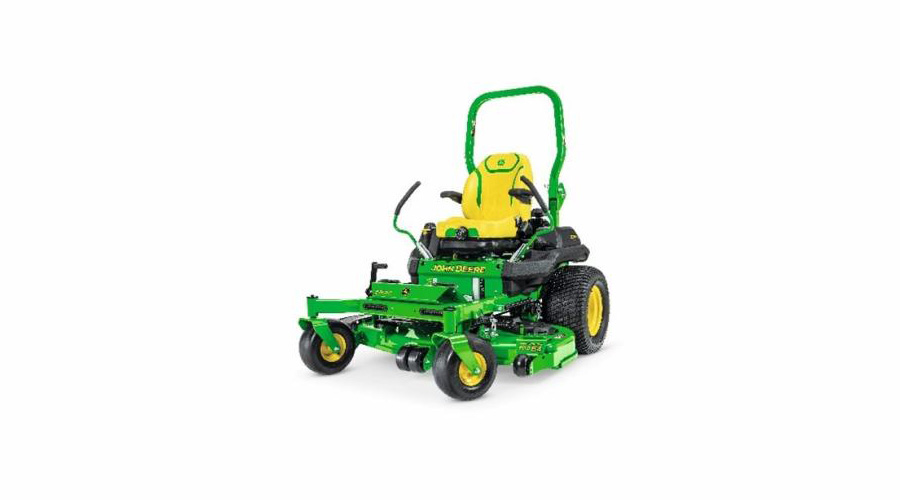
Best Practices to Protect Facilities from Wildfires
As devastating fires sweep through Southern California, facility managers must remember to plan to minimize damage. January 10, 2025
By Dave Lubach, Executive Editor
As the devastation from the wildfires in Southern California continue to ravage the region, more than 1,000 properties have been destroyed during the early stages of what was being reported as three major fires in the areas of Palisades, Eaton and Hurst around Los Angeles, burning up more than 6 square miles and causing evacuations and closing businesses and facilities across Los Angeles.
In a past fnPrime video, longtime FM John Carrillo, a veteran of 40 years with experience in emergency preparedness with various commercial and institutional facilities, discusses some best practices that facility managers can implement to ensure that facilities stay safe as possible from wildfires.
- Organize an emergency preparedness plan for any type of emergencies, including natural disasters. That plan depends on what region of the country the facility is located in and can include hurricanes, wildfires, earthquakes, flooding or snowstorms.
- Identify buildings that are located in high-risk areas and then develop training for employees on how to handle any fire-related evacuations or escape plans like evacuations.
- Develop and execute scenarios or drills so that building occupants know how to respond to fire events when necessary.
- Refresh emergency plans yearly based on discussions with fire personnel and employees.
Another way that facility managers can protect their facilities is by maintaining the property outside the facilities.
One museum located near the Palisades fire seems to be avoiding the destruction thanks to its design as an article on realtor.com reported. The J. Paul Getty Museum contains works of art by names such as Van Gogh and Rembrandt.
“Both indoors and outdoors, its materials, design, construction, operations, and controls are purpose-built for safety,” the website read.
Managers should always be assessing their grounds to look for situations that could threaten the building. Carrillo says to make sure that items such as dead plants and combustible materials are more than 5 feet away from buildings to reduce the risk of them catching fire and spreading to the facilities.
Moving further away from the building, to around 100 feet or so, grounds managers should maintain space between any vegetation that is planted or grown at that distance while ensuring trees and shrubs are trimmed to keep at least 10 feet from the closest vegetation.
Beyond 100 feet from the property, Carrillo suggests that managers utilize sprinklers that can reach hundreds of feet on the property to douse any potential flames. The systems typically require potable water from the municipality, but if capable, facilities should have a water storage system on hand to keep water in reserve in case the local systems go down.
The following articles provide more information on how to prevent wildfires:
Dave Lubach is executive editor for the facilities market.
Next
Read next on FacilitiesNet












